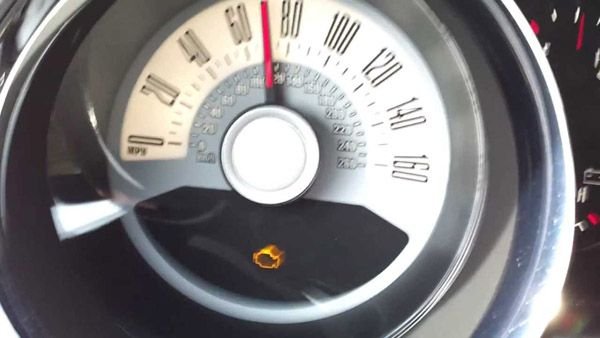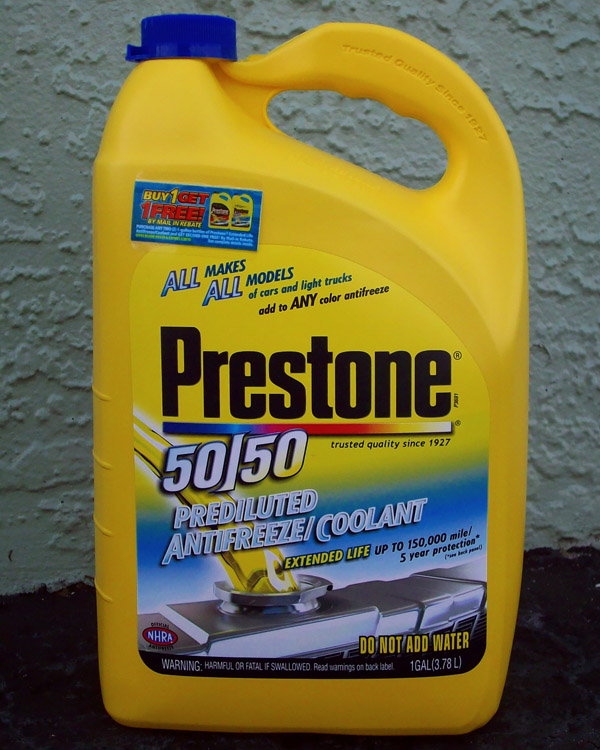Ford Mustang and Ford Mustang GT 1994-2014: Warning Lights
If your dashboard is lit up with one or more warning lights, your car is trying to tell you that something is wrong. Let's take a closer look at the different warning lights that may appear on your Mustang, and what each light could mean.
This article applies to the Ford Mustang and Ford Mustang GT (1994-2014).
Whether they are yellow or red, steady or flashing, there are several different types of warning lights to let you know that something is amiss within your Mustang. In general, a red warning light indicates an immediate concern requiring prompt attention, while orange lights strongly suggest that you look into a potential issue as soon as conveniently possible. Some lights, including those for parking brake and low washer fluid, typically act as simple reminders rather than a serious problem.
Component Breakdown
Service Engine Soon
A service engine soon or check engine light could mean a number of things. While you should get the car checked out as soon as possible if the light comes on and remains steady, you'll need to take more immediate action if the light illuminates and begins to flash. If the light is flashing, the problem could be related to a misfire. Many Mustang owners report that faulty coil packs are a very common culprit behind a flashing check engine light.

Check Battery Light
The first step is to check for signs of a bad battery. If the battery is okay, the next steps should include checking the alternator and related components, cables, as well as connections for signs of erosion, rust, or wear and tear. An auto repair shop can test your alternator under normal driving conditions (not under high heat or a heavy load) to ensure that it's running properly. The culprit may also be a faulty sensor in the system.

Wrench Warning Light
The wrench warning light on a Mustang frequently indicates a fault with the vehicle's throttle body. Many Mustang owners note that their cars may refuse to start, run rough, or stall at frequent intervals shortly after installing a new (especially aftermarket or non-OEM) throttle body. In many instances, replacing the recently replaced throttle body with an OEM part will resolve this issue.

Emissions Warning Light
The emission control system monitors your Mustang's emissions, and is often the first to tell you if there is a fault or defect within the system. If the light is not blinking or there is no obvious loss in performance, the first steps towards resolving this issue typically involves trying a new type of gasoline and/or checking the gas cap. If the light remains on or returns, the issue may involve the exhaust system or even the catalytic converter. If the light is blinking, your car's spark plugs are misfiring and it's a good idea to drive straight to a repair shop to prevent further damage.

Low Coolant Warning Light
This warning light most commonly comes on to let you know that your car's coolant fluid level is low. In most cases, simply topping off with the correct fluid will resolve this issue. However, the light may remain on or can come back on due to another issue, such as a coolant fluid leak or a problem with a sensor in the system.

Related Discussions
- 2003 Service Engine Soon light flashing - MustangForums.com
- Wrench Warning Light - MustangForums.com
- Emissions Warning Light - MustangForums.com
- GT Warning Light - MustangForums.com






